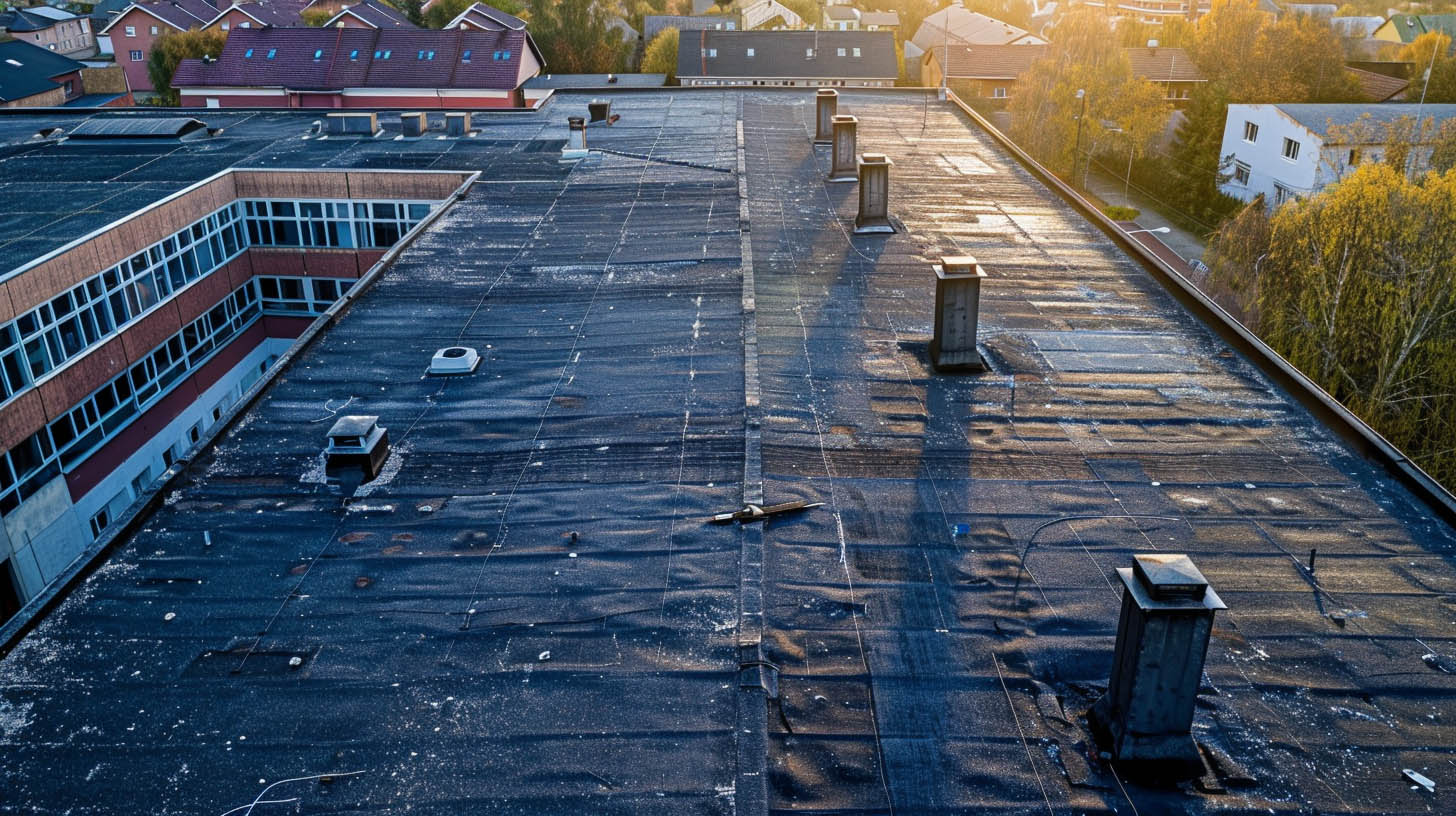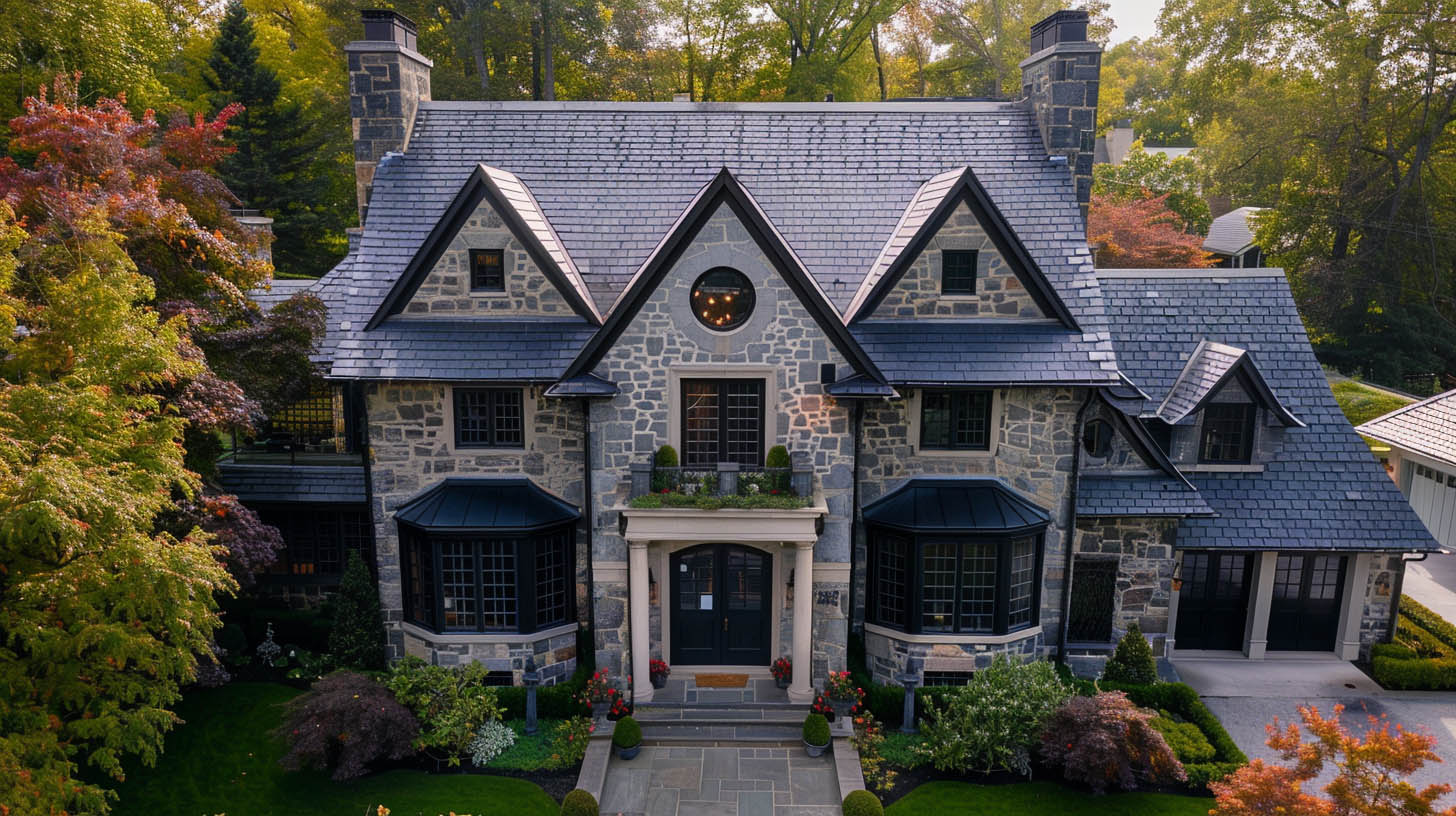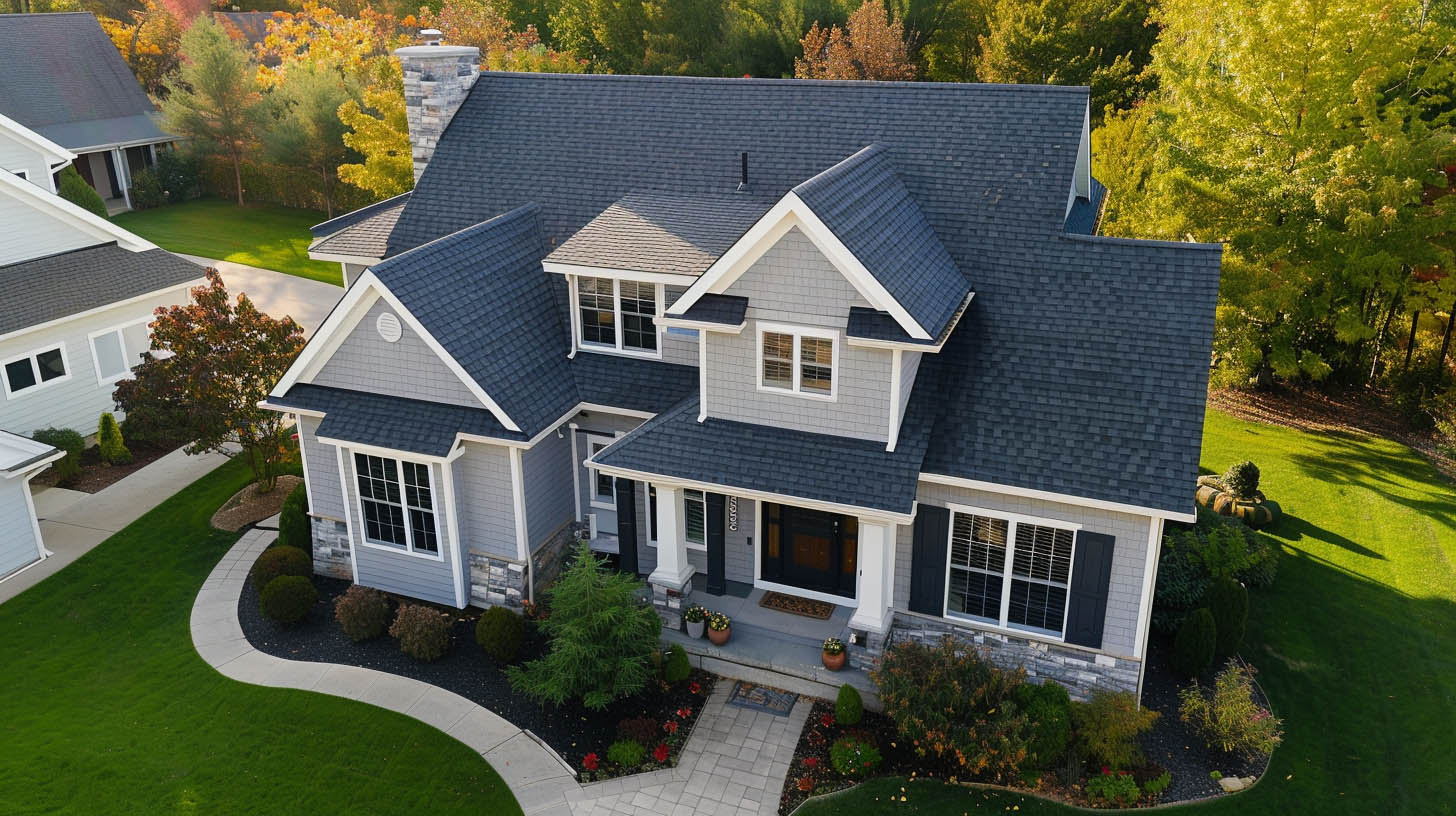
Understanding Flat Roof Dynamics
Contrary to common perception, flat roofs are not completely horizontal. They have a slight slope to facilitate water drainage, though not as noticeable as on pitched roofs. Ensuring the correct installation of roofing materials with proper slopes and angles is crucial to prevent most issues associated with flat roofs.Key Challenges and Solutions for Flat Roofs
Efficient Water Management
Problem: The accumulation of water is a primary concern for flat roofs, leading to algae growth, mold, and leaks. This issue often stems from inadequate or poorly designed drainage systems, resulting in water stagnation. Solution: Proper roof design with efficient drainage is essential. Strategies include:- Designing roofs with appropriate slopes and angles for effective water runoff.
- Regularly cleaning gutters and roofs after heavy rainfall to prevent blockages.
- Utilizing tapered insulation to aid in water dispersal and prevent ponding.
Leak Prevention
Problem: Leaks are a frequent inconvenience for flat roofs, largely due to insufficient water runoff which can result in moisture accumulation. Solution: Implementing a two-pronged approach can greatly reduce leakage risks:- Installation of a high-quality waterproof membrane acts as a primary defense.
- Enhancing the roof’s drainage system to improve water runoff and minimize water pooling.
Durability of Roofing Materials
Problem: Flat roofs may suffer from material deterioration due to prolonged exposure to the elements, such as UV radiation and temperature fluctuations. Solution: To counteract deterioration:- Conduct regular roof inspections to identify and address material damage early.
- Choose high-quality, durable roofing materials suitable for your climate.
- Promptly repair or replace damaged sections to maintain roof condition.
Ice Dam Prevention
Problem: Ice dams can cause leaks and structural damage if not managed. Solution: Effective measures include:- Ensuring adequate roof ventilation to maintain even temperatures and minimize ice dam formation.
- Installing heating cables along roof edges to prevent ice buildup.
- Implementing an ice and water barrier around the roof’s perimeter.
Extending Roof Lifespan
Problem: Various factors, such as the use of inferior materials or inadequate maintenance, can lead to a reduced lifespan for flat roofs. Solution: Key strategies for longevity:- Invest in quality roofing materials designed for flat roofs.
- Ensure professional installation by experienced contractors familiar with flat roofing systems.
- Maintain a regular inspection and maintenance schedule.
- Apply weatherproof coatings to enhance protection against harsh weather.


